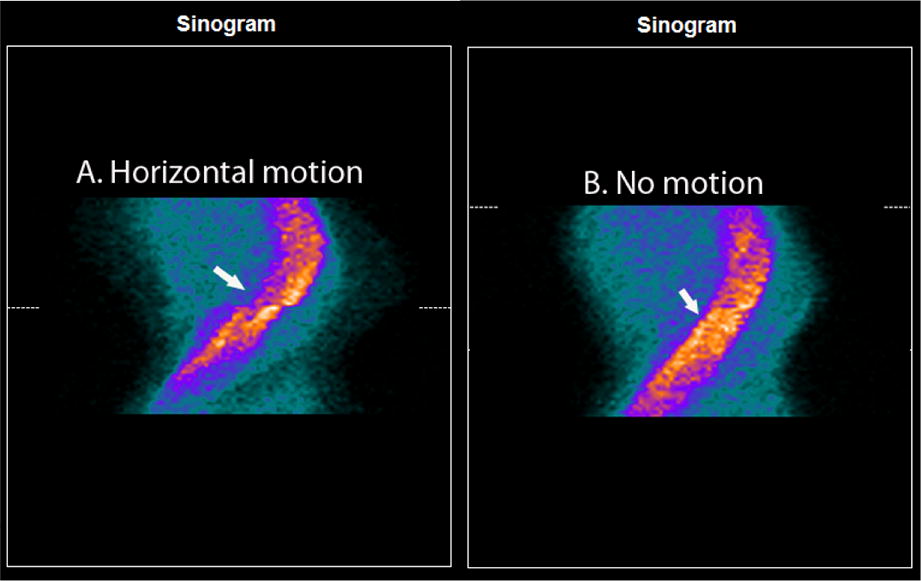

This means that the image errors are small compared to the 6-12 bits dynamic range of the red, green, and blue channel image information. For example, in standard digital photography each image is appreciated individually, and the image sensor flaws after the a priori correction are normally not discernible. The precision required for the correction of a set of images depends on their intended use. We will call all such pre-processing the “a priori” correction associated with the image transducer/sensor. The sensitivity differences between pixels will also be affected by flat-field correction2. The image presented to the user is typically a corrected image in which such pixels have been replaced by averages of neighbouring pixels, rows, or columns. In contrast, “hot” pixels may always produce a strong output independent of the input signal. Indeed, “dead” pixels (or rows, columns, spots of pixels) may not give any response at all. Digital image transducers contain millions of pixels, each having (slightly) different characteristics in response to identical input signals. In recent years, digital image data acquisition with image transducers like CCD/CMOS chips1 has become the standard, superseding the earlier analogue imaging technologies. The image sensor characteristics can also be measured continuously and used for correcting upcoming images. Our straightforward “a posteriori” correction yields clean linear images as can be verified by Fourier Ring Correlation (FRC), illustrating the statistical independence of the corrected images over all spatial frequencies. Based on the collected data alone, large datasets allow us to precisely determine the statistical properties of the imaging sensor on a pixel-by-pixel basis, independent of any “a priori” normalization routinely applied to the raw image data during collection (“flat field correction”). In single-particle cryogenic electron microscopy (“cryo-EM”), for example, large datasets are required for achieving quasi-atomic resolution structures of biological complexes. Novel computer-controlled instrumentation facilitates the collection of very large datasets containing thousands of individual digital images. Pavel Afanasyev1,2,*, Raimond B. G. Ravelli2,*, Rishi Matadeen3, Sacha De Carlo3,4, Gijs van Duinen4, Bart Alewijnse1,2, Peter J. Peters2, Jan-Pieter Abrahams1, Rodrigo V. Portugal5, Michael Schatz6 & Marin van Heel1,5,7 Large datasets are emerging in many fields of image processing including: electron microscopy, light microscopy, medical X-ray imaging, astronomy, etc. Received: 26 November 2014 accepted: 31 March 2015 Published: 11 June 2015

A posteriori correction of camera characteristics from large image data sets


 0 kommentar(er)
0 kommentar(er)
